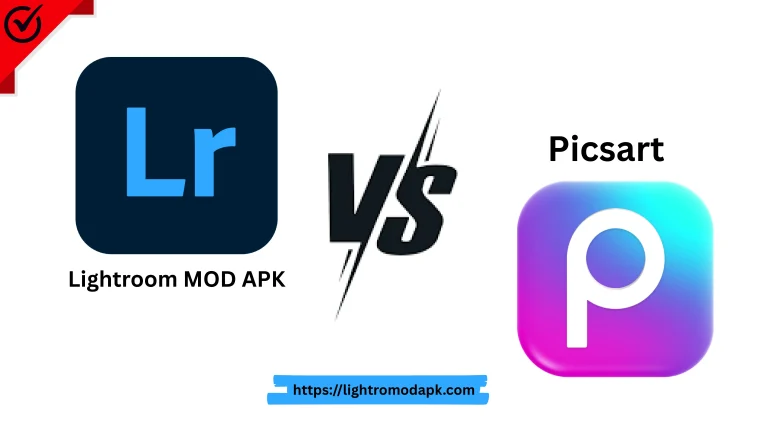Introduction
If you’re into photography or photo editing, you’ve probably heard of Adobe Lightroom. But what about Lightroom Classic? This powerful software has been a favorite among professional photographers and enthusiasts for years. But what exactly is Lightroom, and how does it differ from other versions of Lightroom? In this blog, we’ll dive into everything you need to know about Lightroom, its features, and why it might be the perfect tool for your photo editing needs.
What is Lightroom Classic?
Lightroom Classic is a desktop-based photo editing and organization software developed by Adobe. It’s part of the Adobe Creative Cloud suite and is designed specifically for photographers who need advanced editing tools and robust organizational features. Unlike Lightroom CC (the cloud-based version), Lightroom is focused on providing a comprehensive workflow for managing and editing large photo libraries directly on your computer.

Key Features of Lightroom Classic
Lightroom is packed with features that make it a go-to tool for photographers. Here are some of its standout capabilities:
1. Non-Destructive Editing
One of the biggest advantages of Lightroom is its non-destructive editing workflow. This means that all the changes you make to your photos are saved as metadata, leaving the original file untouched. You can always revert to the original image or tweak your edits without losing quality.
2. Advanced Editing Tools
Lightroom Classic offers a wide range of editing tools, including:
- Color Grading: Precise control over colors with HSL sliders, split toning, and color calibration.
- Tone Curve: Adjust brightness and contrast with fine-tuned precision.
- Healing Brush: Remove blemishes, spots, and unwanted objects seamlessly.
- Presets: Save time by applying customizable presets to your photos.
3. Powerful Organizational Tools
Lightroom excels at organizing large photo libraries. Key features include:
- Keywords and Tags: Add keywords and tags to easily search and categorize your photos.
- Collections: Group photos into collections for better organization.
- Filters and Ratings: Use star ratings, flags, and color labels to sort and prioritize your images.
4. Batch Editing
Lightroom allows you to apply edits to multiple photos at once, saving you time when working with large sets of images. This is especially useful for wedding photographers or anyone dealing with high-volume shoots.
5. Print,Web, and Book Modules
Lightroom Classic isn’t just about editing—it also offers modules for creating prints, web galleries, and photo books. These tools make it easy to showcase your work in various formats.
6. Local Storage
Unlike Lightroom CC, which relies heavily on cloud storage, Lightroom stores all your photos and edits locally on your computer. This gives you full control over your files and ensures faster access to your library.
Who is Lightroom Classic For?
Lightroom Classic is ideal for:
- Professional Photographers: Its advanced editing tools and organizational features make it perfect for managing large photo libraries.
- Enthusiasts and Hobbyists: If you’re serious about photography and want to take your editing skills to the next level, Lightroom Classic is a great choice.
- Anyone Who Prefers Local Storage: If you’re not a fan of cloud-based workflows, Lightroom local storage system is a big advantage.
Lightroom Classic vs. Lightroom CC: What’s the Difference?
While both Lightroom Classic and Lightroom CC are part of Adobe’s Lightroom family, they cater to different needs:
|
Features |
Lightroom Classic |
Lightroom CC |
|
Storage |
Local storage on your computer |
Cloud-based storage |
|
Editing Tools |
Advanced, professional-grade tools |
Simplified tools for quick edits |
|
Organization |
Robust organizational features |
Basic organization with albums |
|
Work Flow |
Designed for desktop workflows |
Designed for mobile nd cloud workflows |
|
Best For |
Professionals, large photo libraries |
Casual users, on-the-go editing |
Pros and Cons of Lightroom Classic
Pros
- Advanced editing tools for professional-grade results.
- Excellent organizational features for managing large photo libraries.
- Non-destructive editing preserves your original files.
- Local storage gives you full control over your data.
Cons
- Steeper learning curve for beginners.
- Requires a subscription (no one-time purchase option).
- Not as mobile-friendly as Lightroom CC.
How to Get Started with Lightroom Classic
- Subscribe to Adobe Creative Cloud: Lightroom Classic is available as part of Adobe’s Photography Plan, which starts at $9.99/month.
- Import Your Photos: Open Lightroom and import your photos into the library.
- Organize and Edit: Use keywords, collections, and filters to organize your photos, then dive into the Develop module to start editing.
- Export Your Work: Once you’re done editing, export your photos in your desired format and resolution.
Final Thoughts
Lightroom Classic is a powerhouse for photographers who need advanced editing tools and robust organizational features. While it may have a steeper learning curve compared to Lightroom CC, its capabilities make it worth the effort. Whether you’re a professional photographer or a passionate hobbyist, Lightroom can help you take your photo editing and organization to the next level.



